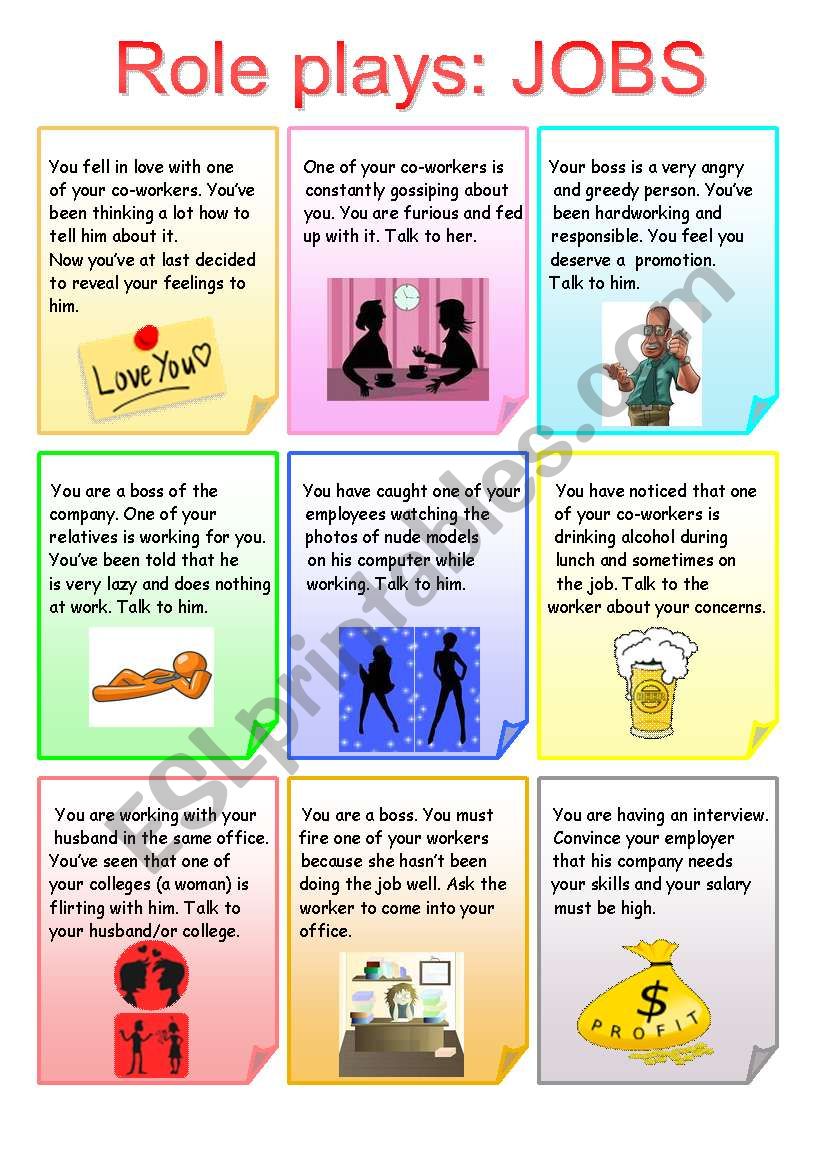
Unlocking Fluency: The Transformative Power of Role-Play Scenarios for ESL Learners
In the realm of language acquisition, the ultimate goal for most learners is not merely to understand grammar rules or memorize vocabulary lists, but to communicate effectively and confidently in real-world situations. While traditional teaching methods lay crucial foundational knowledge, they often fall short in providing the dynamic, interactive practice essential for true fluency. This is where Role-play scenarios for ESL emerge as an incredibly powerful and versatile pedagogical tool. By simulating authentic interactions, role-play offers a safe yet challenging environment for English as a Second Language (ESL) learners to practice, experiment, and refine their communication skills. This article will delve into the profound benefits, practical design, and effective implementation of role-play in the ESL classroom, demonstrating why it is an indispensable component of a comprehensive language learning curriculum.
The Unparalleled Benefits of Role-Play in ESL Education
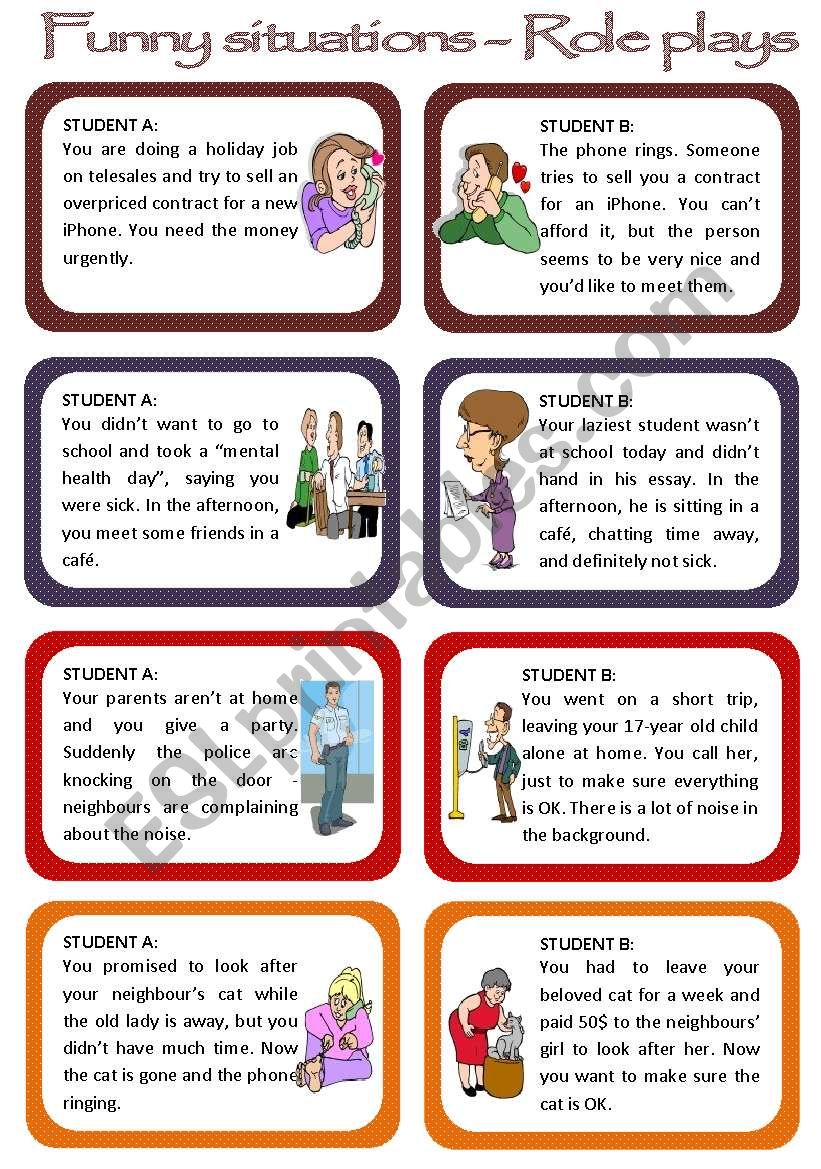
The efficacy of role-play stems from its ability to bridge the gap between theoretical knowledge and practical application. It transforms passive learning into active engagement, offering a multitude of benefits:
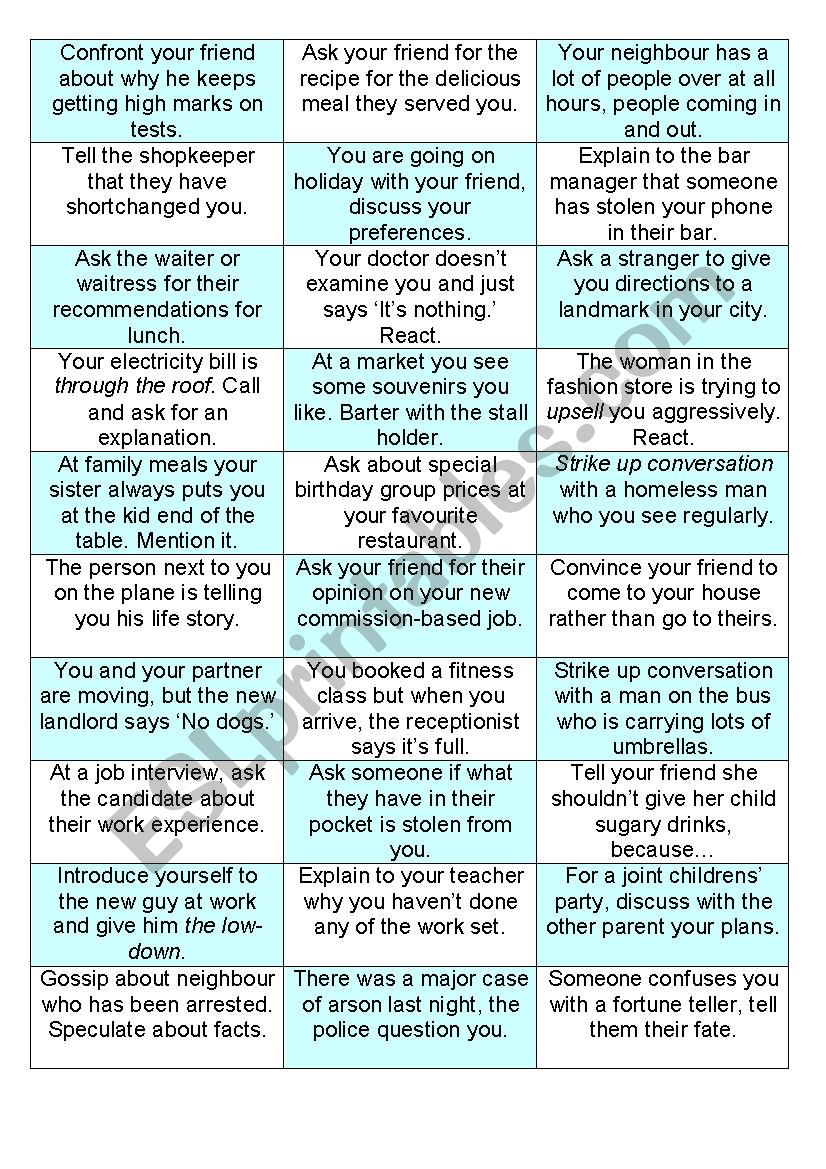
-

Authentic Communication Practice: Role-play scenarios for ESL simulate real-life conversations, forcing learners to think on their feet, respond spontaneously, and adapt their language to various contexts. This contrasts sharply with rote memorization or controlled drills, preparing them for unpredictable real-world interactions.
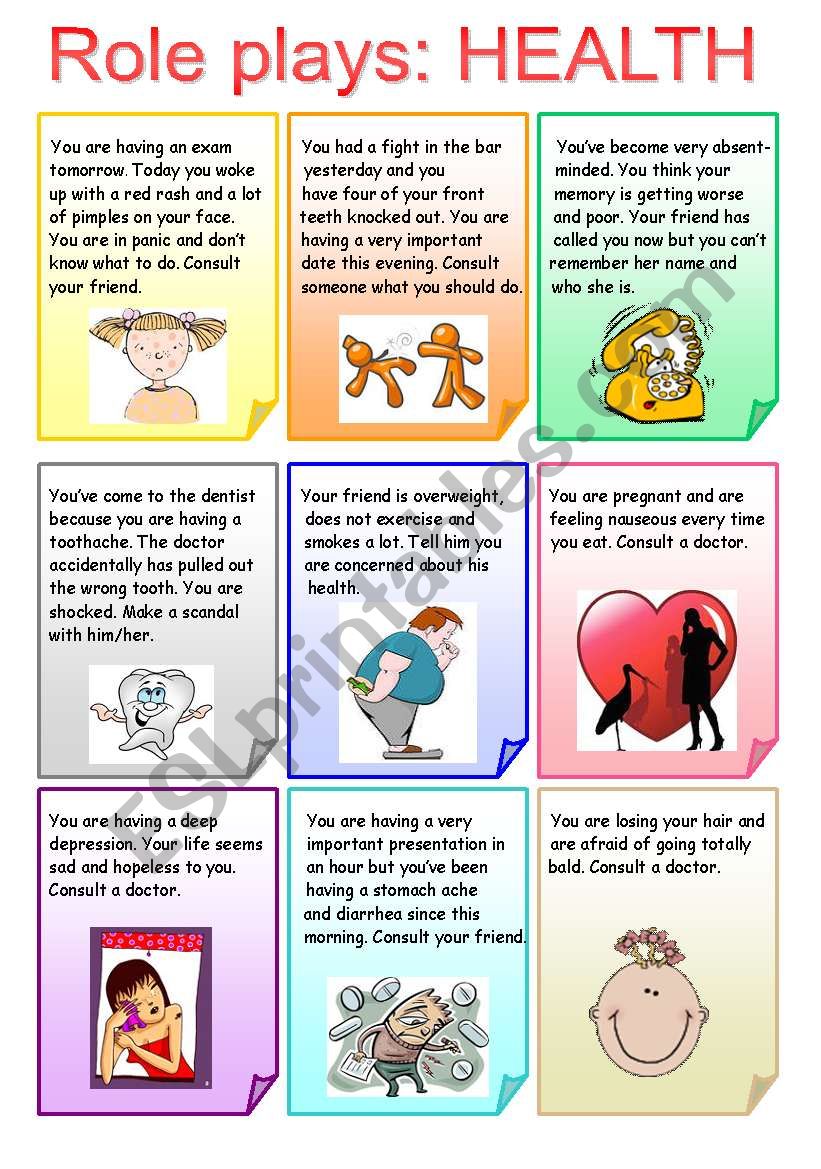
-
Reduced Anxiety and Increased Confidence: Many ESL learners experience anxiety when speaking English, especially in front of native speakers or in high-stakes situations. Role-play provides a low-pressure, supportive environment where mistakes are seen as learning opportunities, not failures. This psychological safety net encourages participation and builds confidence over time. As learners succeed in simulated scenarios, their self-efficacy grows, making them more willing to engage in actual conversations.
-

Vocabulary and Grammar Reinforcement: Within the context of a role-play, new vocabulary and grammatical structures become more memorable because they are used functionally. Learners apply what they’ve learned, solidifying their understanding and making the language feel more natural. For example, practicing ordering food requires specific vocabulary related to dishes, ingredients, and restaurant etiquette, which is more effective than simply listing food items.
-
Fluency and Pronunciation Improvement: The continuous, spontaneous nature of role-play encourages learners to speak without excessive hesitation. This fosters fluency by training the brain to access language more quickly. Additionally, teachers can provide immediate feedback on pronunciation, intonation, and rhythm, helping learners sound more natural and understandable.
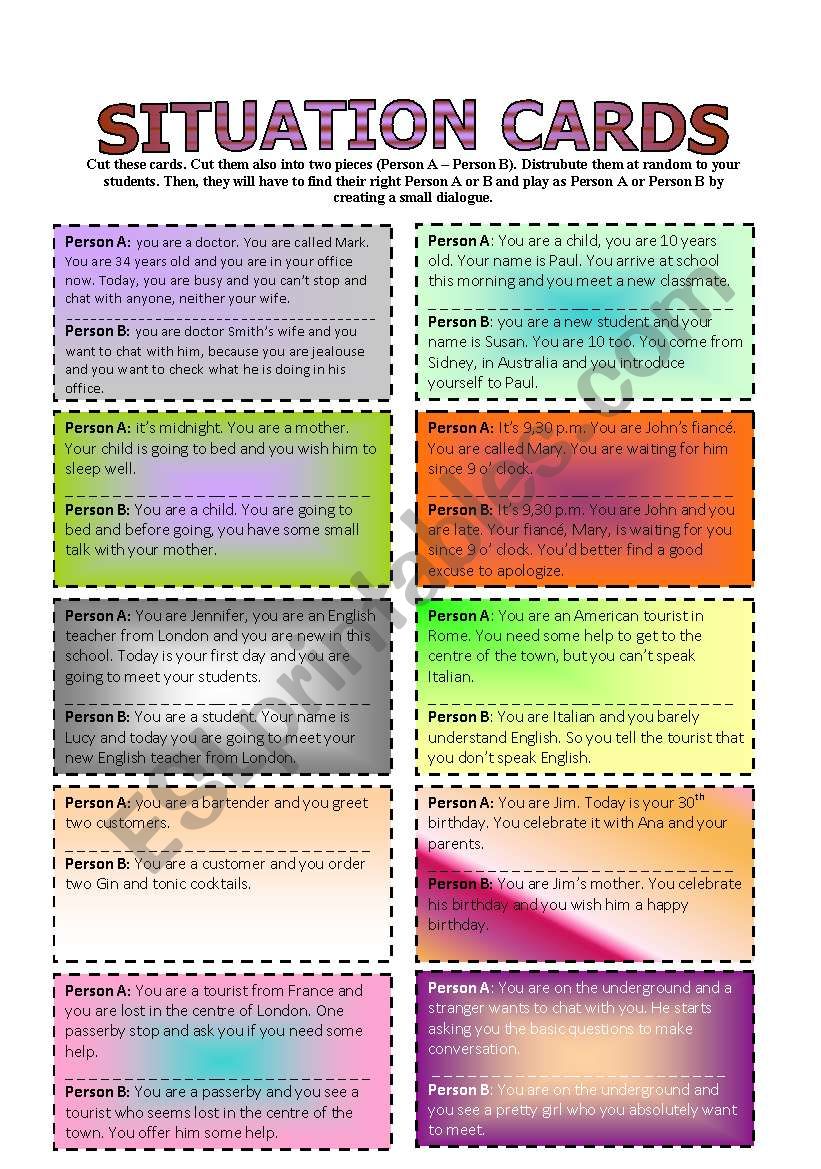
-

Development of Pragmatic and Sociolinguistic Competence: Language is not just about words; it’s also about understanding social cues, appropriate tone, body language, and cultural norms. Role-play scenarios expose learners to these nuanced aspects of communication. They learn how to make requests politely, express disagreement respectfully, offer condolences empathetically, or negotiate effectively – skills crucial for effective cross-cultural communication.
-
Enhanced Problem-Solving and Critical Thinking Skills: Many role-play scenarios involve a problem to solve or a goal to achieve. This requires learners to think critically, strategize, and use their linguistic resources creatively to navigate challenges. For instance, a scenario involving a lost tourist asking for directions demands not just language but also the ability to understand, process, and provide clear instructions.
-
Increased Engagement and Motivation: Role-play is inherently interactive and often fun. The element of "play" reduces the perceived drudgery of language learning, making it an enjoyable and motivating experience. Learners become active participants rather than passive recipients of information.

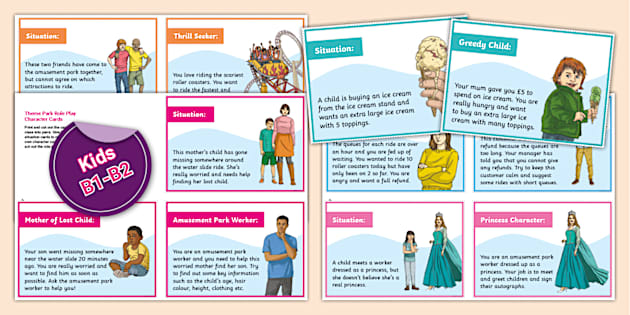
Key Components of Effective Role-Play
To maximize the benefits of role-play, educators should consider several key components:
- Clear Objectives: What specific language skills or communication goals are you targeting? (e.g., practicing past tense, negotiating prices, expressing opinions).
- Well-Defined Scenarios: Provide a clear context, setting, and situation. Who are the characters? Where are they? What is happening?
- Assigned Roles: Each participant needs a clear role with specific motivations, information, or limitations. This helps them embody the character and guides their dialogue.
- Preparation Time: Allow learners time to brainstorm ideas, review relevant vocabulary, and even rehearse internally. This reduces anxiety and improves performance.
- Teacher Facilitation: The teacher acts as a guide, providing support, monitoring progress, and offering constructive feedback.
- Feedback and Debriefing: This is perhaps the most critical stage. After the role-play, a structured debriefing allows learners to reflect on their performance, receive feedback from peers and the teacher, and discuss what they learned.
Diverse Role-Play Scenarios for ESL Learners
The beauty of Role-play scenarios for ESL lies in their adaptability to various learning objectives and proficiency levels. Here are diverse categories of scenarios that can be implemented:
-
Everyday Life Situations:
- Ordering Food: At a restaurant, coffee shop, or drive-thru. (Beginner to Intermediate)
- Shopping: Buying clothes, groceries, or electronics; asking for help; returning an item. (Beginner to Intermediate)
- Asking for Directions: On the street, at a train station, or in an airport. (Beginner to Intermediate)
- Making Appointments: With a doctor, dentist, or hairstylist. (Intermediate)
- Social Introductions: Meeting new people at a party, a class, or a networking event. (Beginner to Intermediate)
- Handling Emergencies: Reporting a lost item, asking for help in a medical emergency, or contacting emergency services. (Intermediate to Advanced)
-
Workplace and Professional Scenarios:
- Job Interview: Interviewer and interviewee roles. (Intermediate to Advanced)
- Client Meeting: Discussing project progress, negotiating terms, or resolving issues. (Advanced)
- Presentations: Presenting a product, idea, or report, with Q&A. (Advanced)
- Team Collaboration: Brainstorming ideas, delegating tasks, or discussing deadlines. (Intermediate to Advanced)
- Customer Service: Handling complaints, answering queries, or providing support. (Intermediate)
- Networking Event: Initiating conversations, exchanging business cards, and following up. (Intermediate to Advanced)
-
Problem-Solving and Conflict Resolution:
- Resolving a Dispute: Roommates disagreeing over chores, colleagues having a misunderstanding. (Intermediate to Advanced)
- Negotiating a Deal: Buying a used car, renting an apartment, or striking a business deal. (Intermediate to Advanced)
- Complaining Effectively: About a faulty product, poor service, or a noisy neighbor. (Intermediate)
- Mediating a Conflict: A third party helping two people resolve an issue. (Advanced)
-
Social and Cultural Scenarios:
- Making Plans: Inviting someone out, accepting or declining an invitation. (Beginner to Intermediate)
- Discussing Hobbies/Interests: Sharing passions, asking follow-up questions. (Beginner to Intermediate)
- Giving Advice/Receiving Advice: On personal issues, career choices, or travel plans. (Intermediate)
- Cross-Cultural Misunderstandings: Simulating situations where cultural differences lead to communication breakdown and finding solutions. (Advanced)
-
Imaginative and Creative Scenarios:
- Interviewing a Famous Person: A journalist interviewing a celebrity, historical figure, or fictional character. (Intermediate to Advanced)
- Time Travel: People from different eras interacting and explaining their world. (Intermediate to Advanced)
- Space Exploration: Astronauts encountering aliens or exploring a new planet. (Intermediate to Advanced)
- Courtroom Drama: Lawyer, witness, defendant, judge roles. (Advanced)
Designing Effective Role-Play Scenarios for ESL
Crafting effective Role-play scenarios for ESL requires thoughtful consideration of several factors:
- Know Your Students: Tailor scenarios to their proficiency level, interests, and potential real-life needs. A beginner class might focus on simple greetings, while an advanced class could tackle complex negotiations.
- Make it Relevant: Scenarios that resonate with students’ lives, experiences, or future goals will be more engaging and beneficial. If students are planning to travel, airport or hotel scenarios are ideal. If they are seeking employment, job interview simulations are highly relevant.
- Provide Necessary Language Support: Don’t just throw students into a scenario without preparation. Pre-teach key vocabulary, useful phrases, and grammatical structures relevant to the situation. Provide sentence starters or example dialogues if needed, especially for lower levels.
- Include a Clear Goal or Conflict: A well-defined objective or problem to solve gives the role-play purpose and direction. This drives the conversation forward and makes it more dynamic.
- Vary Complexity: Introduce elements like unexpected interruptions, missing information, or character quirks to increase the challenge and realism as students progress.
- Consider Props and Visuals: Simple props (e.g., a menu, a phone, a map) can make the scenario more immersive and provide visual cues that aid comprehension and interaction.
Implementing Role-Play in the Classroom
Effective implementation is key to maximizing the benefits of Role-play scenarios for ESL:
-
Pre-Activity (Preparation):
- Warm-up: Start with a brief discussion related to the scenario’s theme to activate prior knowledge and vocabulary.
- Introduce the Scenario: Clearly explain the context, roles, and objectives. Distribute role cards if applicable.
- Brainstorm Language: Elicit or provide key vocabulary, phrases, and grammatical structures that might be useful. Write them on the board.
- Pairing/Grouping: Decide on pairs or small groups. Consider mixing proficiency levels to encourage peer support.
- Planning Time: Give students a few minutes to read their roles, plan their strategy, and perhaps jot down some key points or phrases.
-
During the Activity (Execution):
- Teacher as Facilitator: Circulate among groups, listen in, offer gentle prompts, correct major errors discreetly (if interrupting doesn’t hinder fluency), and provide encouragement. Avoid overt correction that might disrupt the flow or intimidate learners.
- Time Management: Set a clear time limit for each role-play to keep it focused.
-
Post-Activity (Feedback and Reflection):
- Performance Sharing (Optional): Ask a few groups to perform their role-play for the class (ensure they are comfortable with this).
- Peer Feedback: Encourage students to give constructive feedback to their partners, focusing on what went well and areas for improvement. Provide a simple rubric if helpful.
- Teacher Feedback: Offer general feedback to the whole class, highlighting common strengths and areas for improvement in terms of language use, fluency, and communication strategies. Address specific errors that were prevalent.
- Reflection: Lead a discussion about what students learned, what challenges they faced, and how they might apply these skills in real life.
- Extension Activities: Follow up with related activities such as writing a dialogue, a short report, or researching the cultural context of the scenario.
Overcoming Challenges
While highly beneficial, implementing role-play can present challenges:
- Shyness/Reluctance: Some students may be hesitant to participate. Start with simpler, less intimidating scenarios. Allow students to work with a partner they are comfortable with initially. Emphasize that mistakes are part of learning.
- Lack of Ideas: If students struggle to generate ideas, provide more structured prompts, sentence starters, or even pre-written dialogues that they can adapt.
- Managing Large Classes: Divide the class into smaller groups and circulate actively. You might designate student leaders to help facilitate.
- Assessment: Focus on communicative effectiveness rather than perfect grammar. Use rubrics that assess fluency, comprehensibility, vocabulary range, and task completion.
Conclusion
In conclusion, Role-play scenarios for ESL are far more than just a classroom activity; they are a bridge to real-world communication, confidence, and cultural understanding. By providing authentic contexts for language use, they empower learners to move beyond rote memorization, transforming theoretical knowledge into practical, spontaneous, and effective communication. Educators who embrace and thoughtfully implement diverse role-play scenarios will undoubtedly witness a significant boost in their students’ fluency, confidence, and overall communicative competence, setting them on a clear path to successful English proficiency.
